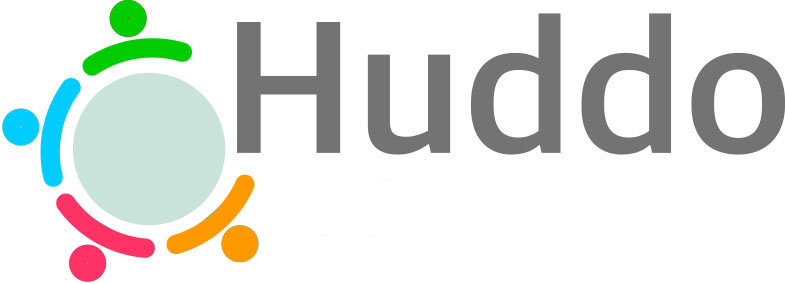7 Left of Field Ways to Use Huddo Boards for Task Management and More
Huddo Boards is a collaborative team workspace that allows you to track and manage your tasks and activities across both personal and team projects. The beauty of Huddo Boards is that boards can be used not only for managing tasks but also for the sharing and development of information / ideas / thoughts / knowledge across your teams.
Huddo Boards can be used in some more creative ways than what is typically said or thought. Here are seven left of field ways you could use Huddo Boards within your team:
1. Daily meeting board
Use this for a formal daily standup meeting where everyone reports their progress from the previous day and lets people know if anyone is blocked or anything else relevant that could affect other team members. Get a quick view of what the team is working on today and goals for the week. This is also a good place to list any important deadlines that are coming up for the team.
2. A PROBE board
Use this to work thru a Problem / Reality / Options / BEST Options / and Execution cycle. Together as a team, list the problem/reality at the top. Get everyone's input and make them feel heard by listening to what's on their mind about the issue. Then list the best options. Brainstorm as a team, taking turns for each idea. Look for good ideas that have some level of consensus across the board members. Once you have a list of options that are viable, then pick the best one, identify follow-up actions, assign tasks, and set the date/time/meeting for the next steps to occur.
3. Plan an event board
Use this board to plan company and team events. It's a place to put all the different activities, steps required to plan and coordinate an event, which employees will be attending, venues to be booked, etc. This board will help you track everything related to a particular event and also share information with all the relevant people.
4. Prepare and deliver a presentation board
Preparing and delivering presentations can be tricky. This board can be very helpful in creating the presentation, identifying who will be attending it, what material needs to be developed, and the goal of the presentation. Work out what the team needs to prepare before the presentation, key messages that must be delivered during the presentation, and lessons learned after the presentation.
5. Brainstorm an idea board
Generating ideas can be difficult sometimes. The brainstorm an idea board allows you to do just that, by having everyone contribute their ideas to the board. Then use different colours and tags for each theme or type of idea. Once some ideas have been created you can evaluate them and discuss the possibilities of implementation.
6. Prioritise tasks board
Sometimes teams have too much on their plate, resulting in feeling overwhelmed. A great way to help manage your workload is through a Prioritise tasks board. This allows everyone to see what needs to be done, who it's assigned to, the due date, and any top priority tasks.
7. Customer Key Account Plan
This type of board is great for managing customers, along with their key contact information. This can help you keep track of key stakeholders, potential growth, and target areas, maybe a SWOT analysis on the customer, marketing campaigns, sales campaigns, and who the customer support team is in charge of. Using this board you can have details about their organisation, order history, current support issue being handled by customer service, and links to customer project boards.
So there you go... Huddo Boards can be leveraged for many different use cases across your teams. The great thing as well is that Huddo Boards provides templates of different boards, such as prioritise tasks board and daily meeting board. If you're looking for more inspiration on how to use them, check out the 'templates' section in the app.
